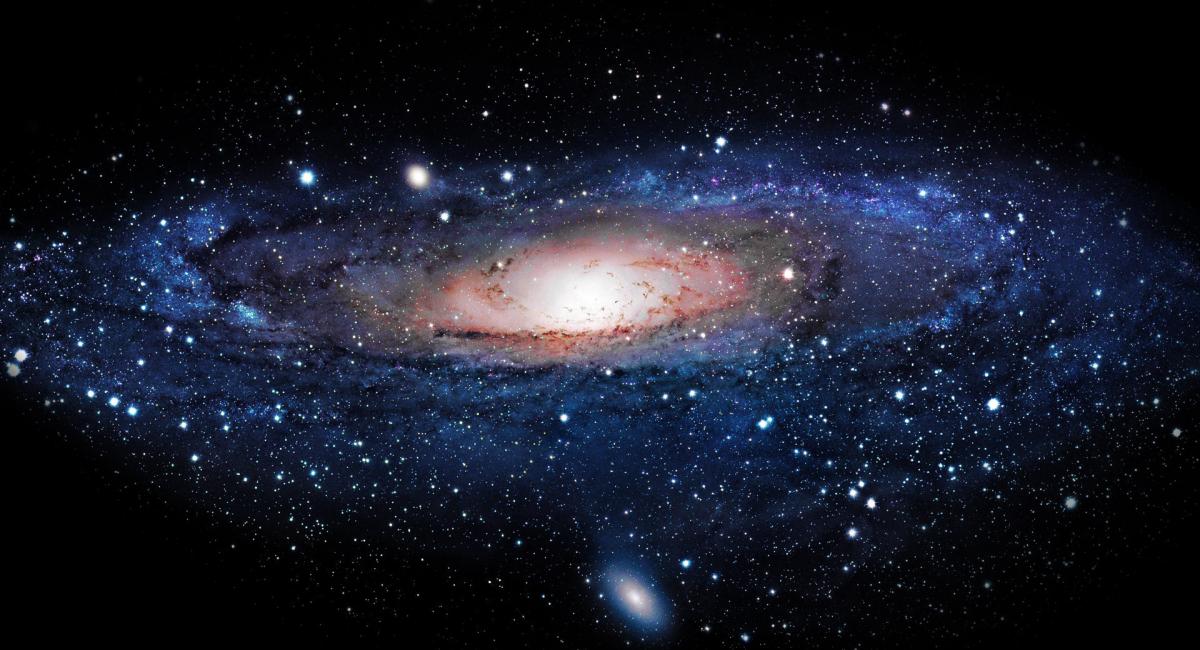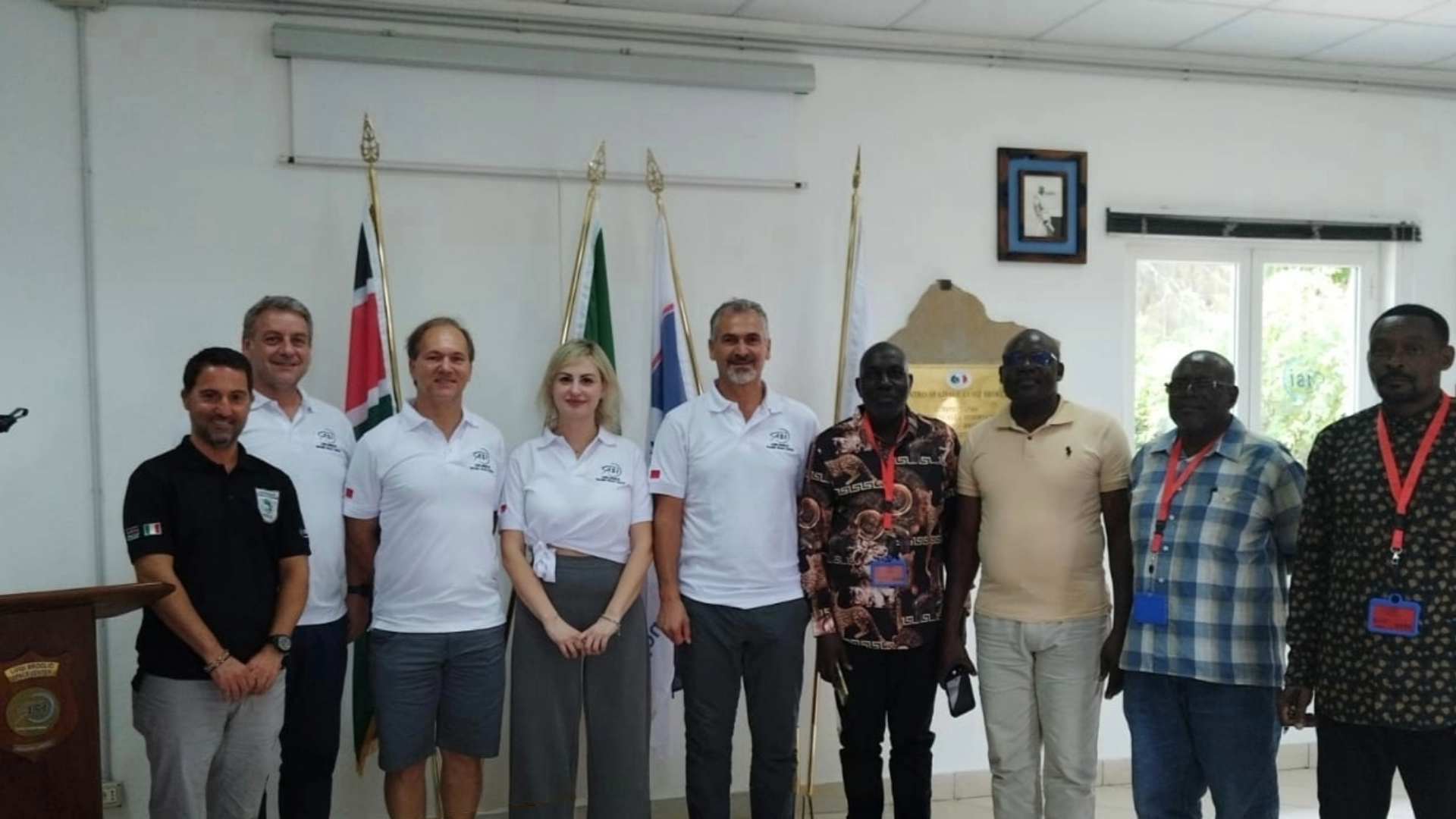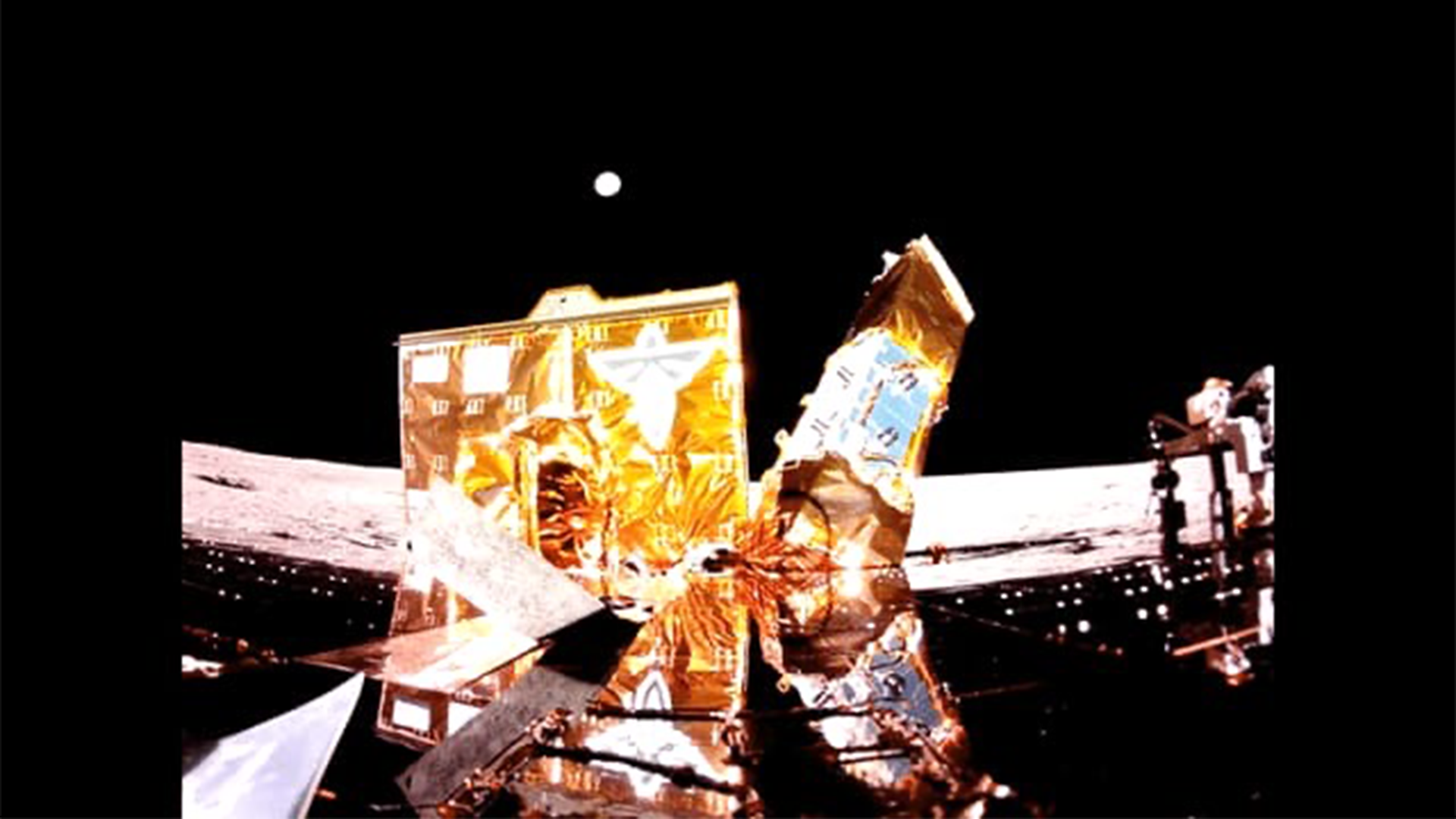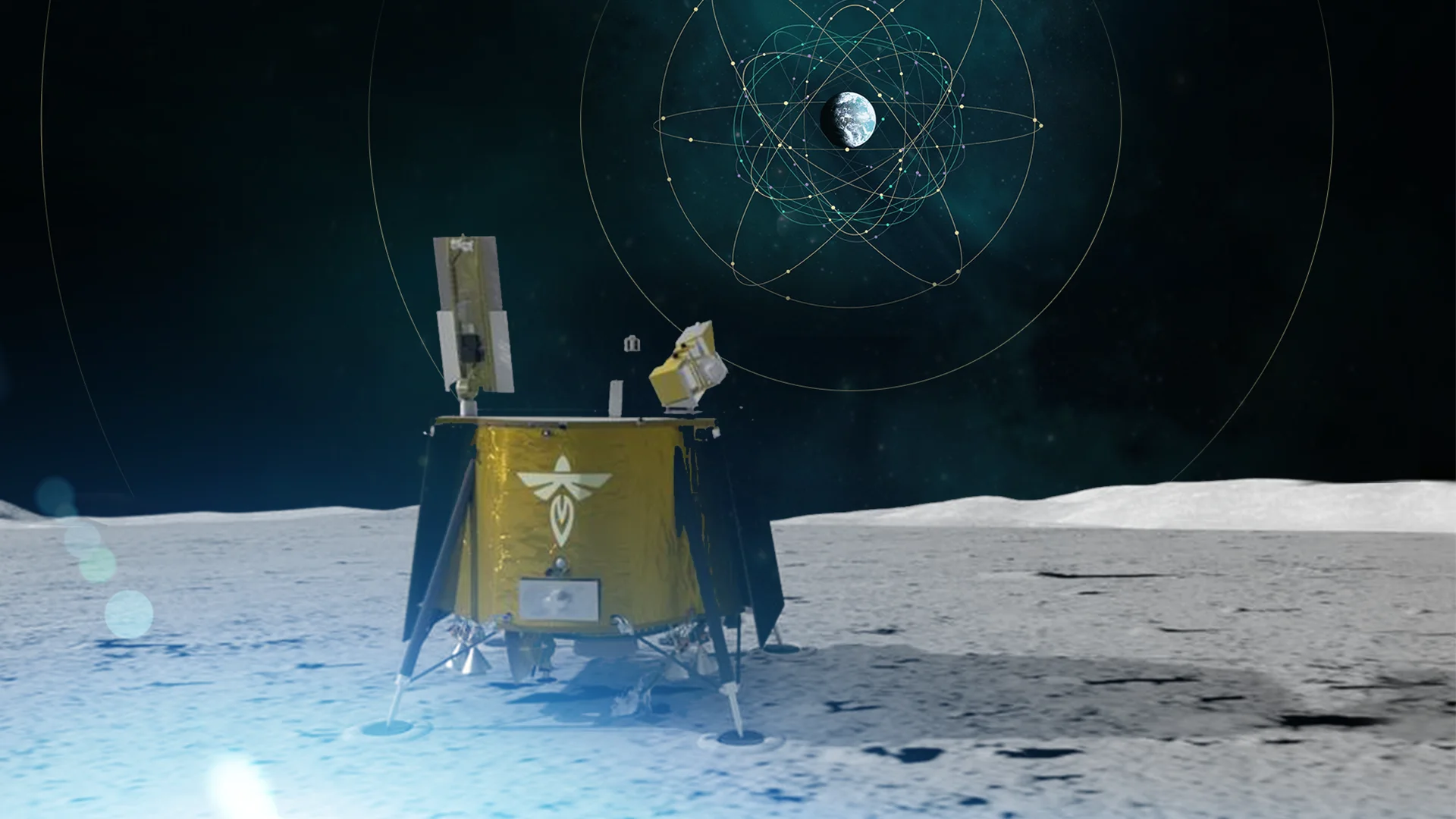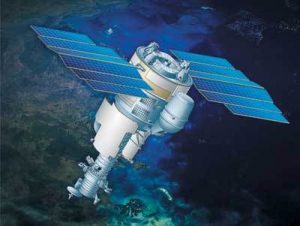
The PAMELA instrument was installed aboard the TsSKB-Progress (Russia) RESURS DK1 satellite and, on June 15th, 2006, was placed into orbit at an altitude ranging from 350 to 600 kms, through a Soyuz-class launcher.
PAMELA’s instrumental apparatus consists of a permanent magnet, a tracking system made up of 6 silicon microstrip layers, a trigger and time-of-flight measurement system made up of three double layers segmented by scintillation counters, an imaging calorimeter made up of 22 tungsten layers and 44 silicon layers, a scintillation counter system for anticoincidence, a neutron detector manufactured with 36 3HE detectors on two layers, a scintillation counter to trigger high-energy particles.
The main scientific goal of the PAMELA mission was searching for evidence of exotic matter, that is non baryonic matter which is not included in the Standard Model of elementary particles physics, and antinuclei.
Other important scientific goals were studying the dependence from energy of the half-life of cosmic rays in our galaxy and the transportation and secondary production models of cosmic radiation in the Milky Way and monitoring long-term solar activity.
After providing the PAMELA instrument to be installed on the satellite, Italy’s main contribution was data reception from the Resusr DK1 satellite, data analysis and communication and disclosure of the results.

